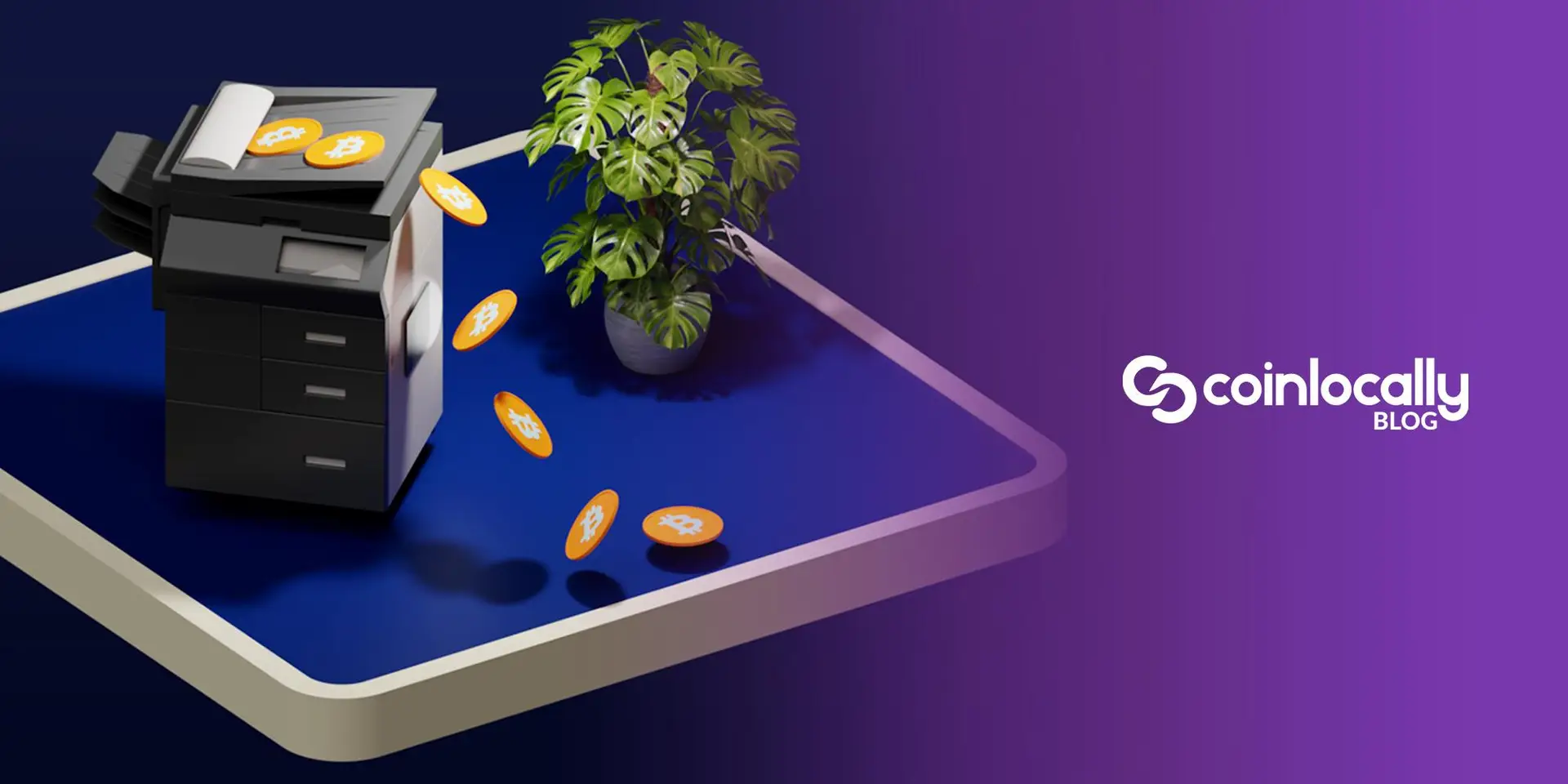
Minting
What Is Minting in Crypto?
Minting refers to the process of creating new digital assets on a blockchain. These assets can include cryptocurrencies, NFTs, and stablecoins. Once minted, the blockchain records them permanently.
This process makes each asset secure, traceable, and tied to a specific wallet.
How Minting Works on the Blockchain
Creating Tokens or Coins
A smart contract initiates the creation of a new digital asset. It generates the token and assigns it to a user’s wallet. The blockchain then confirms and stores the transaction.
Many networks, especially those using proof-of-stake, use this method to distribute tokens.
Minting vs. Mining
Although they both create new coins, the two methods differ. Mining requires solving mathematical problems to validate transactions. Bitcoin uses this model.
This process doesn’t rely on complex calculations. Instead, it issues assets according to preset conditions in a contract.
Minting in Cryptocurrency
Token Launch
New crypto projects often create tokens through minting. These tokens can function as in-platform currency, governance tools, or reward systems.
This process ensures transparent and fair creation.
Reward Distribution
In proof-of-stake systems, validators earn new coins as rewards for helping secure the network. Instead of mining, they support the blockchain by staking existing tokens and receiving newly created coins.
NFT Minting
Turning Files Into Digital Assets
Users upload a digital file, like art, music, or video, to create an NFT on a blockchain platform. The platform assigns a unique token ID and ties it to the creator’s wallet address.
That asset now exists permanently on the blockchain and can be sold or transferred.
Cost and Gas Fees
On platforms like Ethereum, users often pay gas fees to mint NFTs, which fluctuate with network activity. Some services now offer “lazy minting,” where the asset is recorded on-chain only after it’s sold, helping users save on fees.
Why Minting Matters
Supply Control
Minting controls the number of coins or tokens in circulation. This helps manage inflation and supports value over time. However, a limited supply can increase scarcity and demand.
Transparent Ownership
When assets are minted, the blockchain stores all related data. Anyone can verify creation time, ownership, and transaction history. This transparency builds trust across the ecosystem.
Risks and Challenges
Irreversibility
This process is permanent. If you enter incorrect wallet addresses or metadata, you can’t fix it later. Always double-check every detail before finalizing the process.
Security Risks
Some minting platforms may lack proper security. Faulty smart contracts can expose user funds to theft or bugs. Using trusted platforms and, if coding directly, auditing your contracts is essential.
How to Get Started
User-Friendly Platforms
Platforms such as OpenSea, Rarible, and Mintable simplify the process and make it more accessible for users. Furthermore, individuals can easily upload files, enter token details, and mint digital assets—all without the need to write any code.
This opens up the process to creators without technical backgrounds.
Advanced Minting Options
Developers can build custom smart contracts to gain complete control. This includes setting supply limits, permissions, and token utility. However, writing contracts requires coding knowledge and a strong understanding of blockchain logic.
Environmental Impact
Traditional mining uses a lot of electricity. This has raised concerns about blockchain’s carbon footprint. Thankfully, newer methods like proof-of-stake are far more energy-efficient.
Blockchains such as Ethereum (after its Merger), Solana, and Polygon support lower-energy minting, and these eco-friendly systems are becoming the norm.
The Future of Minting
More tools are making minting faster, cheaper, and more accessible. Developers continue building platforms that support easy creation. Governments are also exploring digital currency systems based on similar principles.
With time, minting will become a regular part of how people interact with value online.
Final Thoughts
Minting fuels blockchain innovation. It allows users to create, own, and exchange digital assets decentralized manner. From NFTs to tokens, it brings ideas to life on-chain.
Whether you’re an investor, creator, or developer, understanding how minting works gives you a significant advantage. As crypto adoption grows, so does the value of this knowledge.
